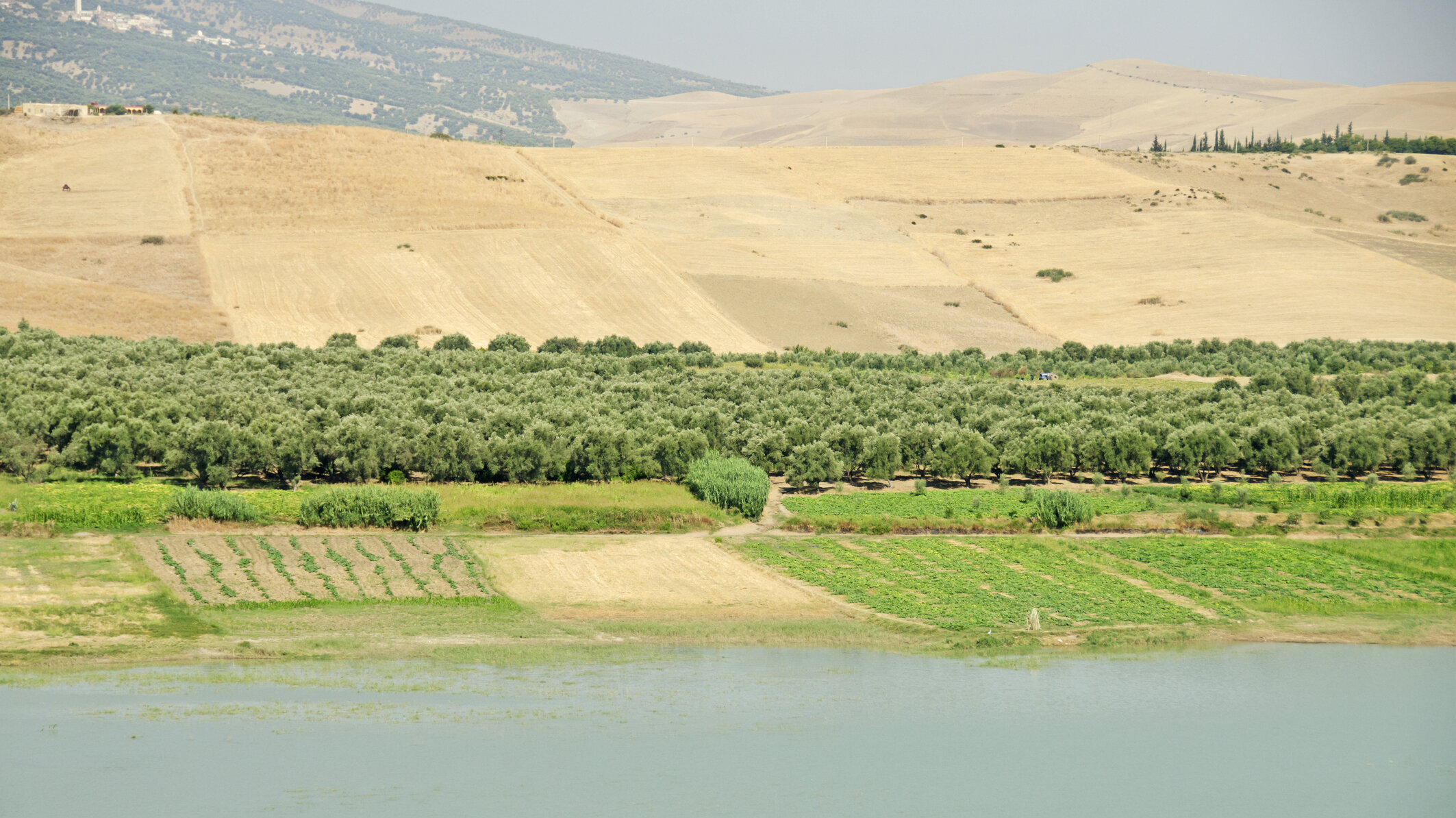
agricultural INDUSTRY of libya
AGRICULTURE
INDUSTRY OF LIBYA.
Agriculture is the second-largest sector in the Libyan economy. However, the country depends on the importation of the majority of its food supplies. Climatic conditions and poor soil fertility limit farming output and Libya’s domestic food production accounts for just 25% of its current demand, making the country highly dependent on food imports, with wheat, oil, maize, and milk comprising the main commodities sourced from abroad1.
Agriculture was accorded a more important place in the Libyan economy until the discovery of oil in the 1960s. With oil revenue becoming the main source of income, the then government placed less emphasis on developing the agricultural sector, resulting in huge increases in food importation. Currently, more attention is being given to agriculture due to increasing threats of food shortages. However, this is hindered by the departure of large numbers of foreign laborers who were working in agriculture due to the continuing crisis2.
Most of Libya's fertile land is located along the Mediterranean coastline, where cereals and some fruits are grown in the limited areas of higher precipitation, while the coastal, irrigated area is used for the cultivation of vegetables and fruits including potatoes, onions, tomatoes, watermelons, oranges, dates, grapes, and olives. This area also has cereal crops of wheat and barley. Most of the farms are relatively small, and rely mainly on family for the workforce3.
Libyan Dates
The Kufra Agricultural Project
In the early 1970s, Libya launched a project in Kufra aimed at developing agriculture in the desert.This is one of Libya's largest agricultural projects. Because only about two percent of Libya's land receives enough precipitation to be cultivated, this project uses an underground aquifer, which feeds water into a vast sprinkler system. The greenness of the Kufra agricultural project is a recognizable landmark for orbiting astronauts aboard the International Space Station4.
Kufra from SPOT Satellite
Cnes - Spot Image, CC BY-SA 3.0 https://creativecommons.org/licenses/by-sa/3.0, via Wikimedia Commons
FISHING
The Libyan fishing sector consists of various practices including artisanal fishing, lampara fishing, coastal industrial trawling, and tuna fishing. Over half of all fishing operations are concentrated in the western region, with the remaining operations based in the Gulf of Sirte and Jabal Akhdar. Over three-quarters of total fishing equipment used are trammel nets and longlines with various sized hooks and 40mm mesh size gillnets7.
The majority of the country’s catch is sold directly to the public on street markets, although a quantity, including tuna and sardines, are transported to the canneries. In 1988, the establishment of the Secretariat of Marine Wealth (SMW) led to a huge increase in fishing activities, growing from nearly 6000 tonnes in 1988 to 50000 tonnes in 2000. However, after the commencement of the civil war in 2011, fish production fell, due in part to the migration of foreign workers, which made up 60% of the employees in the fishing sector. As a result, in 2015, the production level dropped to roughly 23,012 tonnes8.
Fish at Market
CHALLENGES TO THE AGRICULTURAL INDUSTRY
Desertification and reliable access to water remain the primary challenges associated with Libya’s agricultural production, together with various animal and plant diseases.
In addition to these long term environmental problems, the current civil crisis has further disrupted access to water, power and distribution9.
Tuaregs Using Water Pump, Sahara Desert
FOOTNOTES.
Zurqani, Hamdi A.; Mikhailova, Elena A.; Post, Christopher J.; Mark, Schlautman J.; Elhawej, Azzeddin R. (May 18, 2019). "A Review of Libyan Soil Databases for Use within an Ecosystem Services Framework". Land. 8 (5): 82
Oliveira, Ingrid. “Libya.” GFRAS. Accessed January 20, 2021. https://www.g-fras.org/es/world-wide-extension-study/africa/northern-africa/libya.html.
Oliveira, Ingrid. “Libya.” GFRAS. Accessed January 20, 2021. https://www.g-fras.org/es/world-wide-extension-study/africa/northern-africa/libya.html.
"Green Circles—Al Khufrah Oasis, Libya". NASA Earth Observatory.
“Libya Imports 350,000 Sheep for Eid Al-Adha.” Xinhua. Accessed January 20, 2021. http://www.xinhuanet.com/english/2019-08/10/c_138297244.htm.
"Akraim, F. “Goat Production in Libya: Current State and Production Constraints,” Krmiva : Review for animal feeding, production and feed technology, Vol. 54 No. 6, 2012.
Filogh A.M., 2019. Libya Fishing Industry. Menba Su Ürünleri Dergisi, 5(1),16-26.
ibid. Libya - the impact of the crisis on agriculture, Apr 2019 http://www.fao.org/emergencies/resources/documents/resources-detail/en/c/1189086/.




